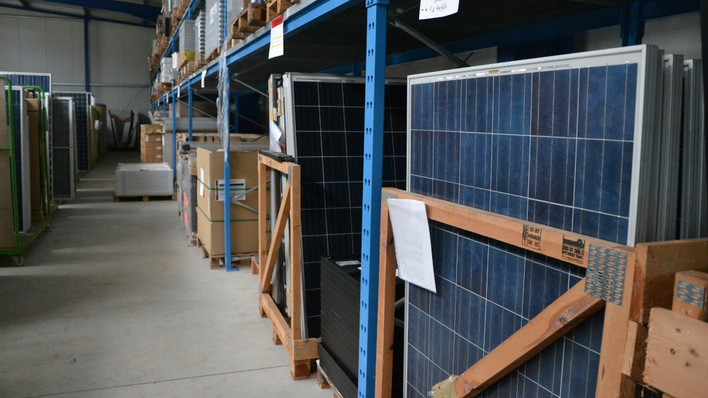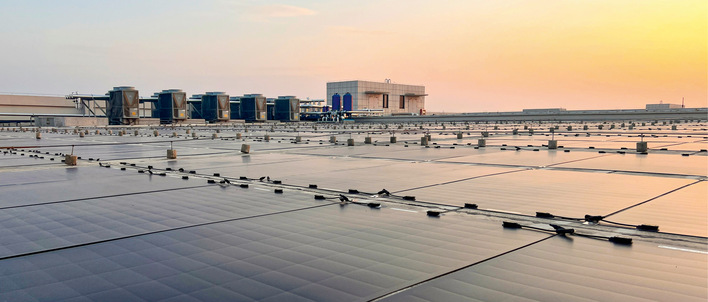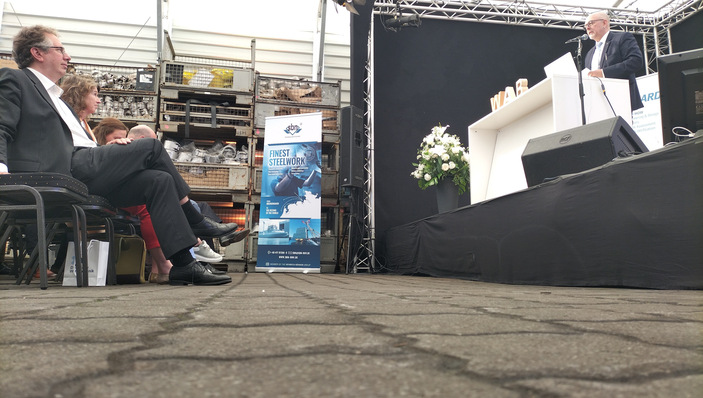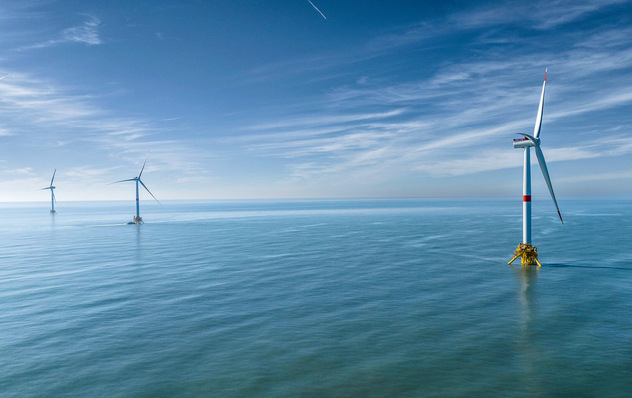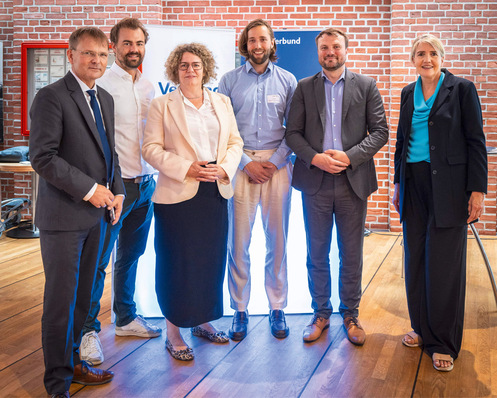Researchers at the University of New South Wales and the Australian renewable energy agency (ARENA) have cracked the 40% mark in a photovoltaic system without using concentrator technology. To increase the amount of sunlight converted into electricity, they combined modern, stacked solar cells with three layers of semiconductors and 3 p-n junctions with simple silicon solar cells. The researchers also captured parts of the solar spectrum that are normally lost in standard PV cells. They do this by separating the light into various slices of the solar spectrum which are then diverted to the silicon solar cell. “This approach has achieved a higher efficiency than what is physically possible with a triple junction cell alone,” says ARENA CEO Ivor Frischknecht. During field tests in Sydney, Australia, the researchers achieved 40.1% efficiency. The record was independently confirmed by the National Renewable Energy Laboratory (NREL) in the United States.
Photovoltaic tower power plant under development
In addition to USW and ARENA researchers, developers from the concentrator system provider RayGen Resources of Blackburn, Victoria participated in the project. The company wants to use this technology in its concentrated solar power plants which are equipped with mirrors that focus sunlight on a central photovoltaic tower where it strikes the solar cells. The technology would then be similar to that used in solar-thermal power plants. The advantage is that the solar cells convert the light directly to electricity, rather than having to go through the intermediate process of generating heat and then electricity via a turbine. "Instead of using mirrors to heat a medium like salt, the high tech receiver converts light to electricity directly, like a rooftop solar panel does," Mr Frischknecht said. "We hope to see this home grown innovation take the next steps from prototyping to pilot scale demonstrations. Ultimately, more efficient commercial solar plants will make renewable energy cheaper, increasing its competitiveness.”ARENA is currently working with RayGen Resources on another development project that aims to commercialize concentrator towers.
Investment in research pays off
Frischknecht underscores the importance of investments in research and development which first generate innovations and then transfer these innovations to commercial applications. Dieses Projekt sei ein exzellentes Beispiel dafür, sagt Fischkneckt. Immerhin kostet die Entwicklung des sogenannten Power Cubes, bei dem es um die Teilung des Sonnenlichts in spezifische Wellenlängen geht, satte 1,36 Millionen US-Dollar. Arena selbst hat dazu 550.000 Dollar beigesteuert. „Wir hoffen jetzt, dass unsere Innovationen den nächsten Schritt vom Prototypen zu größeren Pilotprojekten schaffen“, betont Fischknecht.
(Sven Ullrich)


